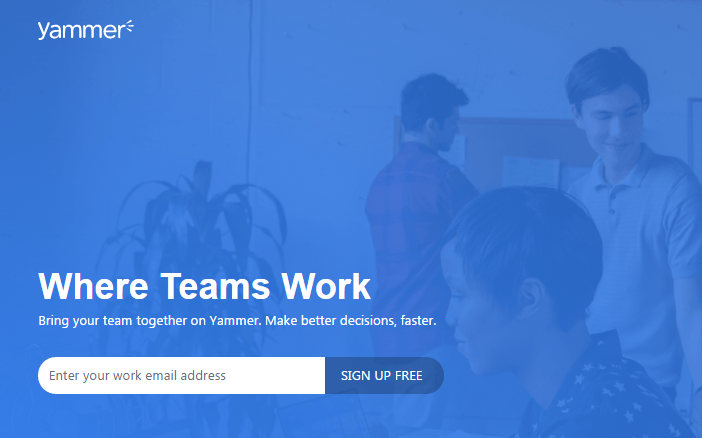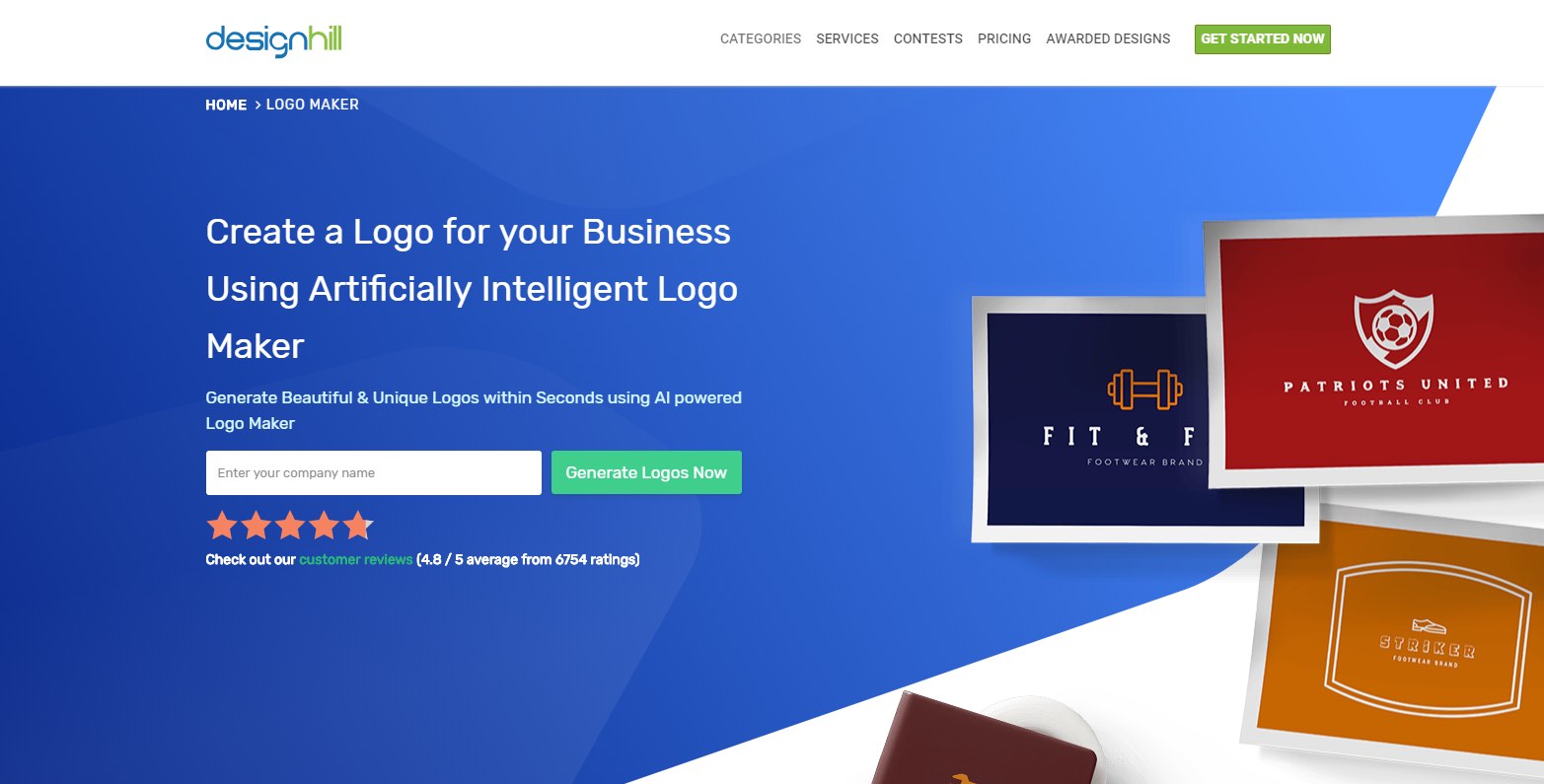Module 5 introduce the digital tools that can be used in classroom or our daily lives. There are many types of tools which are collaboration tools and communication tools, LMS tools and E-portfolio tools, creativity tools, critical thinking tools, survey or feedback tools and survey or assessment tools. Those tools have their own function which can meet the needs of creating 21st century learning and classroom.
Collaboration Tools to Help Your Team Be More Productive
Yammer

Yammer is a private social network that helps employees collaborate across departments, locations and business apps.
Yammer is a social network that’s entirely focused on your business. In order to join your business’s Yammer network, your team member must have a working email address from your company’s domain.
In order to segregate relevant information to specific team members, you can create groups that will help reduce the noise in the Newsfeed.
Users can share posts with specific groups simply by utilizing the drop down menus below the Update box which is similar to Facebook’s Status Box
Slack

One of the fastest growing startups today, Slack is the powerhouse messaging app used by remote teams. Its powerful integrations, numerous bots, and the ecosystem being built on top of the platform have quickly transformed it into one of the most flexible communication tools on the market.
At its core, Slack operates in channels. A company can create channels to track and archive conversations around teams and projects in order to get things done. Slack’s search feature ensures that you will never “lose” a conversation about a project.
Logo Maker

Designhill’s artificial intelligence and machine learning based logo maker tool creates cool logo easily within minutes that says a lot about brand.
Designhill logo maker offers 1000+ custom symbols and fonts that goes with the array of industries where one can easily create cool logo within minutes with our unique logo generator
Skype

One of the biggest reasons that Skype is the most popular communication tool is that it’s free.
Skype allows audio and video calls between multiple devices. In other words, one person could be on a laptop and another can be on their phone. One of the most prominent









